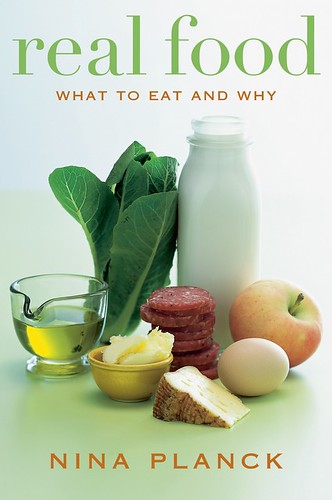Because I work at the yoga studio now, I get all the free yoga I can practice, which means when I'm not working and don't have visitors, I go pretty much every day. 90 minutes of Bikram yoga in a classroom heated to beyond 100 degrees is said to burn in the realm of 600-1000 calories, so as you can imagine when I get done, no matter what I ate for breakfast (which around here usually involves low-fat cottage cheese and a piece of fruit), I'm usually famished.
This is a quick, protein-laden, and filling dish that I have started to make more and more frequently. It satiates me without making me uncomfortably overstuffed, is low in saturated fat, high in vitamins and minerals, and has about a third of my daily protein and fiber. (It's sort of a more filling version of this soup, which is where I got the inspiration.) Serves 1.
Ingredients:

1 t dark sesame oil
2 cloves garlic, smashed and minced
dash of hot red chili flakes
1 serving soba (buckwheat) noodles
1/3-1/2C vegetable broth (or chicken, or water)
1 medium carrots, sliced into half-moons
3-4 large mushrooms, sliced
1/3 C frozen, shelled edamame
1 T soy sauce
1 t sesame seeds
1 T unsweetened all-natural peanut butter
Directions: In a large skillet, heat 1 t dark sesame oil with garlic and hot pepper flakes. Sesame oil has a relatively low smoke point (about 350, almost 100 degrees lower than olive oil and almost 200 lower than vegetable or canola oil) so don't let your skillet get too hot. Once the garlic begins to sizzle, throw in your dry noodles, and toss to coat. Add just enough broth to cover and let the noodles begin to absorb the broth and let out some starch. After a couple of minutes, add the carrots and another splash of broth if necessary, and cover. After another couple of minutes, uncover, add edamame and mushrooms, and cook, uncovered, stirring every once in a while, until the liquid has absorbed completely. Remove from heat, stir in soy sauce and sesame seeds, and immediately throw into a bowl containing 1 T peanut butter. Stir well, and serve with a lime wedge.

Total time: about 15 minutes. Total dishes to wash: 1 skillet, 1 cutting board, 1 knife (+ bowl and fork). Total calories, 573- fat, 21g (saturated, 3g)- protein, 23g- fiber, 8g.
Enjoy!!!
